Table of Contents
- Introduction
- Modular Synthesis: Simplifying Complexity
- Understanding Modular Synthesizer Components
- Creating a Basic Patch
- Achieving Stereo Sound
- The Importance of Signal Splitting
- Syncing to a Computer and Using a Sequencer
- Conclusion
Introduction
In this chapter, Hannes Bieger explains how he creates his own patch from scratch. Modular synthesizers can be intimidating due to their size and complexity, but fear not! The underlying technology is fairly simple, and with a little guidance, you’ll be able to unlock endless sonic possibilities.
All secrets on this video summary
Modular Synthesis: Simplifying Complexity
When it comes to modular synthesis, it’s important to understand that using all the components of a modular system is not necessary. In fact, simplicity often yields better results. Think of a modular synthesizer as a mini-Moog on steroids, offering you a wide range of options to sculpt your sound.

Understanding Modular Synthesizer Components
Let’s break down the different components of a modular synthesizer and their functions:
Oscillators
Oscillators generate the basic sound waveforms, such as sine, square, triangle, and sawtooth. They provide the foundation for your sound.
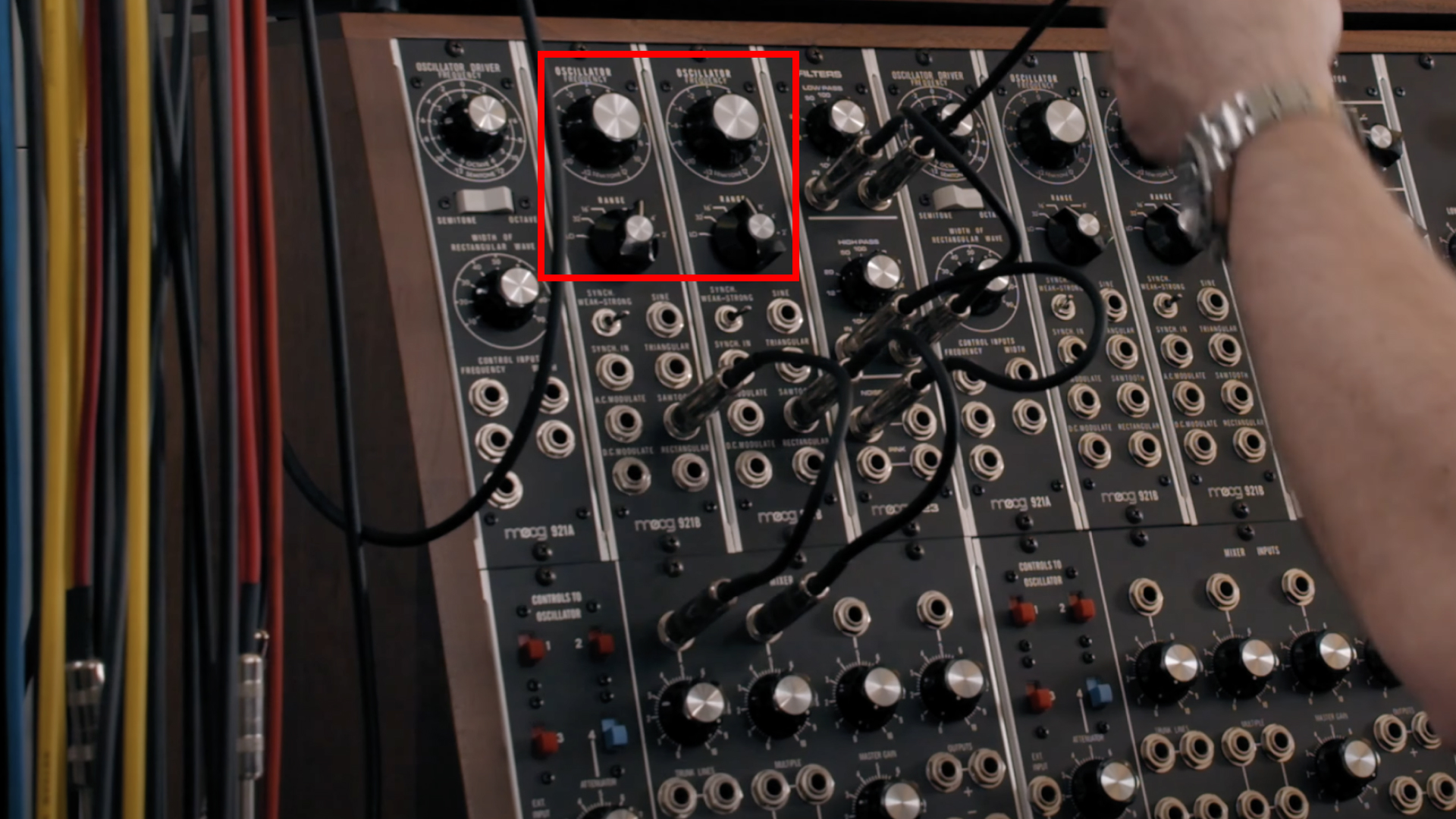
Noise Source
A noise source adds texture and randomness to your sound. It can be used to create percussive elements or add atmospheric effects.
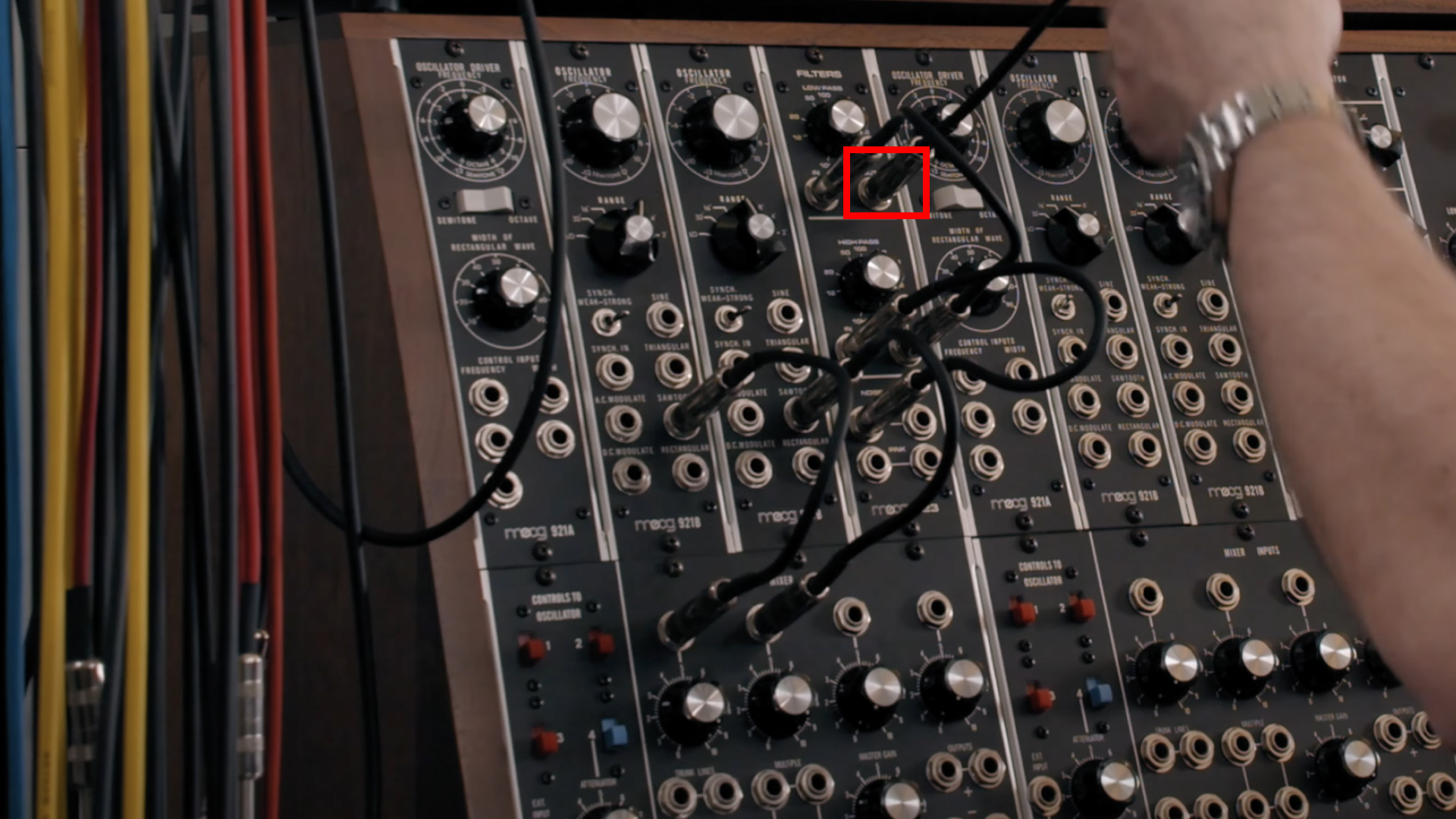
Filters
Filters shape the frequency content of your sound. They allow you to remove unwanted frequencies and emphasize specific sonic characteristics.
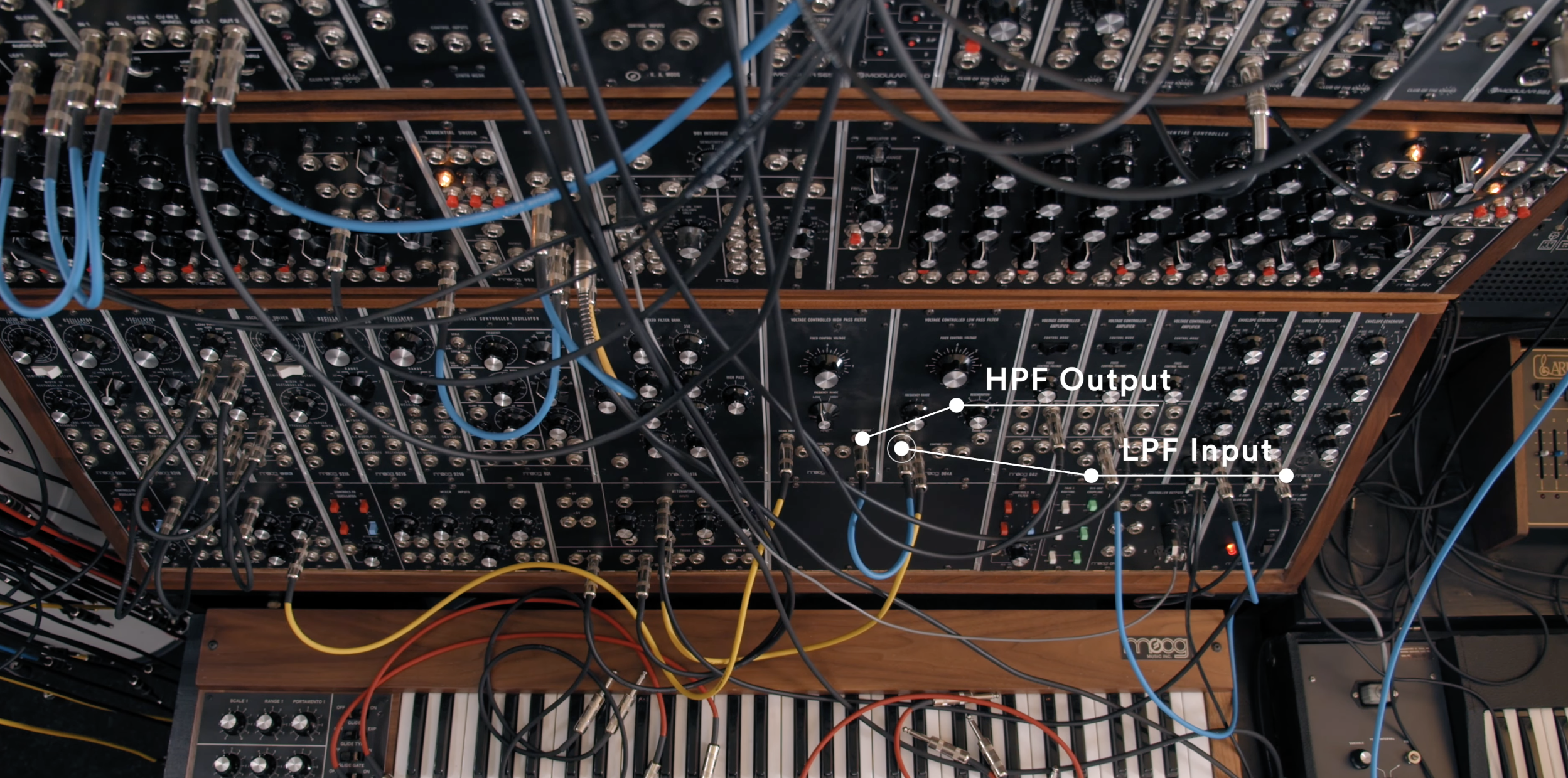
Creating a Basic Patch
Now that we understand the components, let’s dive into creating a basic patch. We’ll start with two oscillators, a noise source, and filters:
Step 1: Oscillator Setup
Choose two oscillators and set their frequencies to create a rich, layered sound. Experiment with different waveforms to find the desired tone.
Step 2: Adding the Noise Source
Introduce the noise source to add depth and complexity to your patch. Adjust the level of noise to achieve the desired effect.
Step 3: Filtering the Sound
Apply filters to shape the frequency spectrum of your sound. Experiment with different filter types and cutoff frequencies to find the perfect balance.
Achieving Stereo Sound
One of the advantages of modular synthesis is the ability to create immersive stereo sound. To achieve this, consider the following:
Module Placement
Position your modules in a way that creates a stereo image. For example, place oscillators and filters on separate sides of the modular system.
Panning and Modulation
Use panning and modulation techniques to distribute the sound across the stereo field. Experiment with different modulation sources to create movement and depth.
The Importance of Signal Splitting
Signal splitting is a crucial technique in modular synthesis that allows you to send audio or control signals to multiple destinations. This opens up a world of creative possibilities:
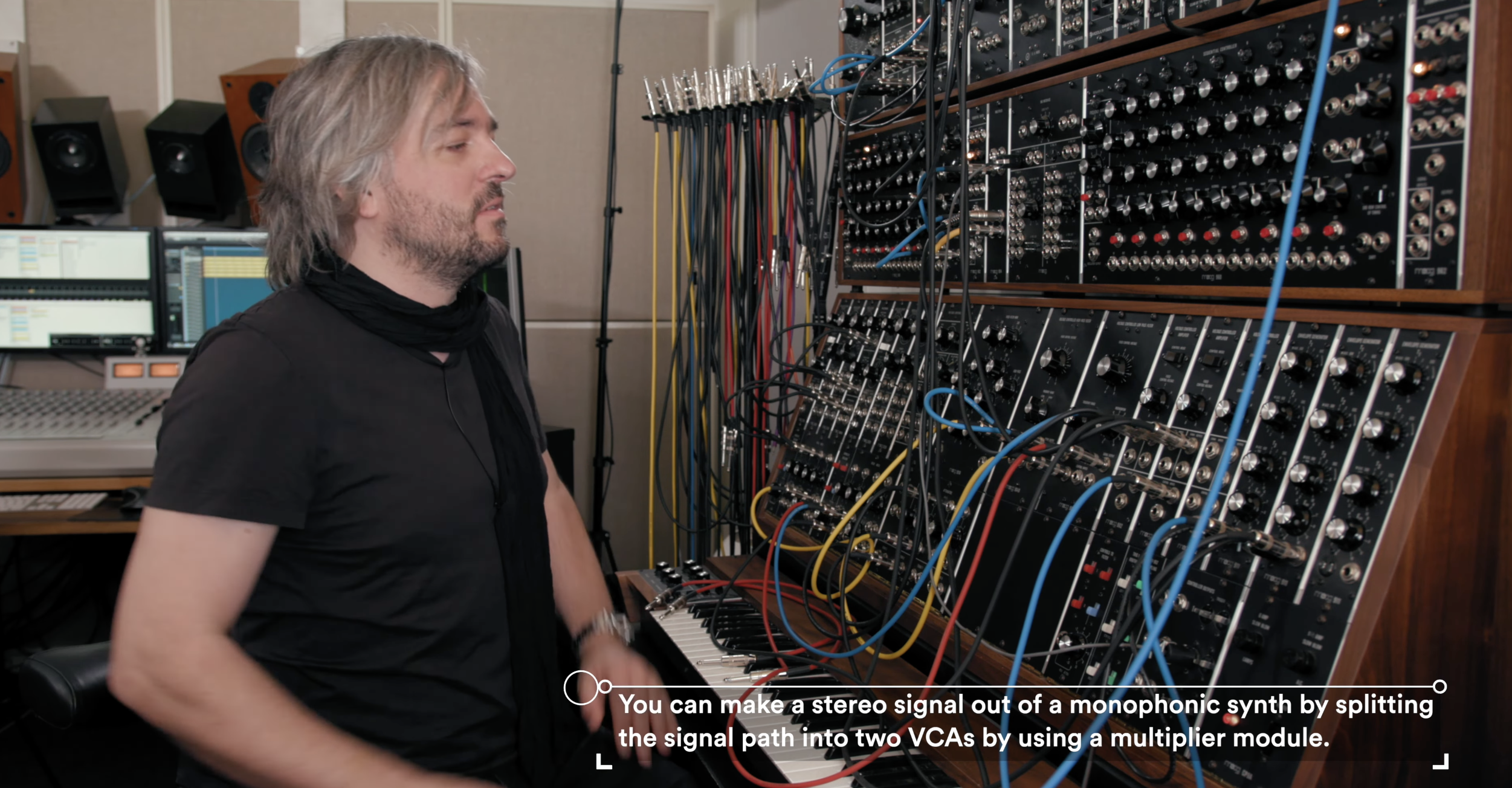
Parallel Processing
Splitting signals enables you to process them independently, applying different effects or modulations to each part. This can lead to complex and evolving sounds.
Modular Feedback Loops
By routing a signal back into itself, you can create feedback loops that generate self-sustaining and chaotic timbres. This can be a powerful tool for experimental sound design.
Syncing to a Computer and Using a Sequencer
For even more control and flexibility, you can sync your modular system to a computer and use a sequencer to control various parameters:
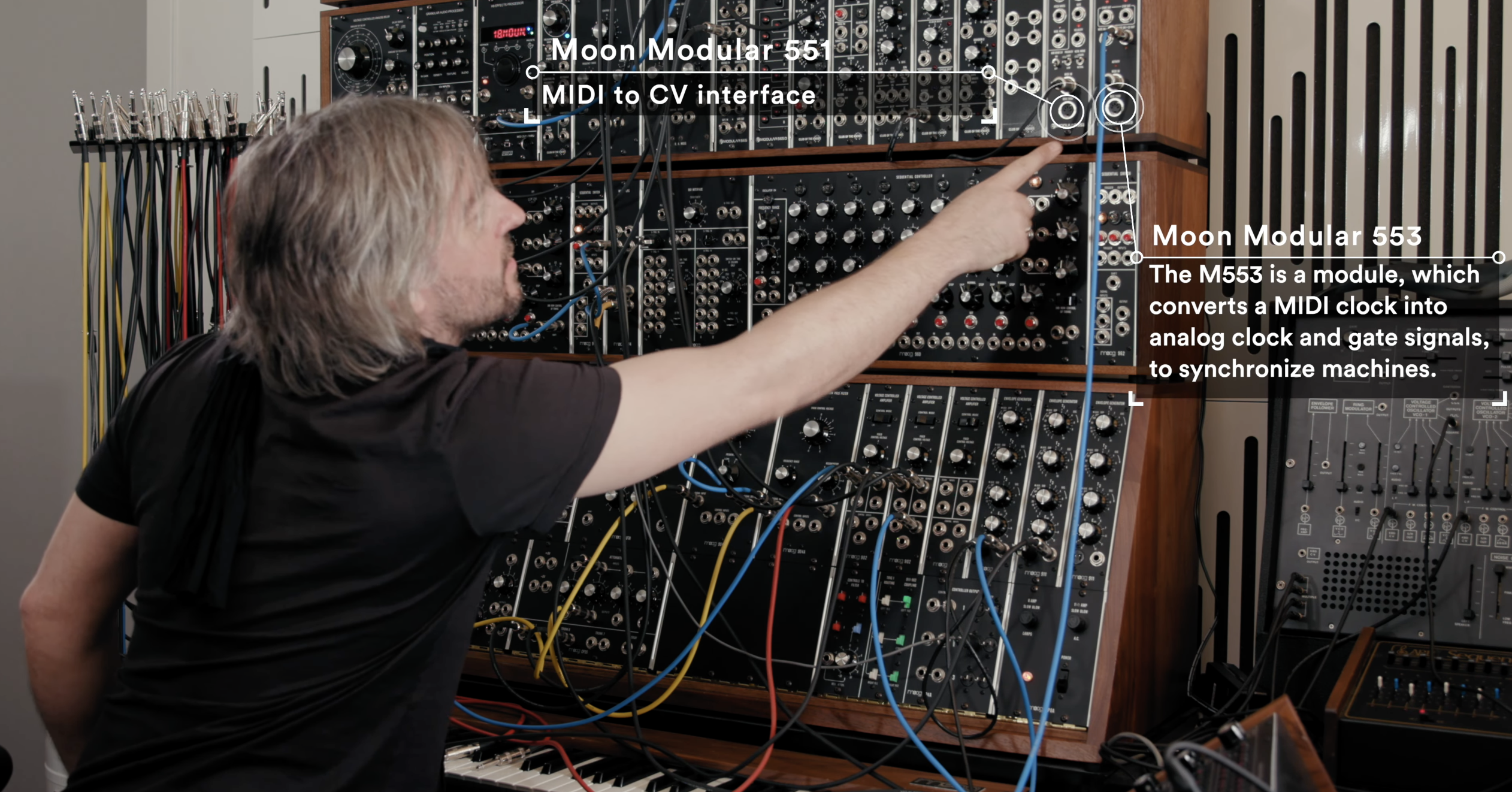
CV/Gate Signals
Connect your modular system to a computer interface using CV/Gate signals. This allows you to synchronize your system with software sequencers and control voltage-controlled parameters.
Automation and MIDI Integration
Take advantage of automation and MIDI integration to create intricate and evolving compositions. Use your computer’s DAW to control and manipulate your modular patches.
Conclusion
Modular synthesis offers a world of sonic exploration and creativity. By understanding the components, creating basic patches, achieving stereo sound, utilizing signal splitting, and integrating with a computer, you can unlock the full potential of your modular system. Embrace the complexity, experiment fearlessly, and let your imagination run wild!
FAQs
1. Can I use a modular synthesizer with other electronic music equipment?
Yes, modular synthesizers can be integrated with other electronic music equipment such as MIDI controllers, drum machines, and samplers. This allows for endless possibilities in sound creation and performance.
2. Are modular synthesizers suitable for beginners?
While modular synthesis can be overwhelming at first, it is suitable for beginners who are willing to invest time and effort into learning the fundamentals. Starting with a basic setup and gradually expanding your system is a recommended approach.
3. Can I save and recall patches on a modular synthesizer?
Unlike digital synthesizers, modular synthesizers typically do not have built-in patch memory. However, you can document your patch configurations using photos, diagrams, or modular synthesis software to recreate your favorite sounds.
4. Are there any limitations to modular synthesis?
Modular synthesis offers immense flexibility, but it also comes with certain limitations. Modules can be expensive, and building a comprehensive system requires careful planning and budgeting. Additionally, the learning curve can be steep for beginners.
5. Can I use modular synthesizers for live performances?
Absolutely! Modular synthesizers are popular in live performances due to their versatility and ability to create unique sounds in real-time. Many artists incorporate modular systems into their live setups to add a touch of improvisation and sonic exploration.

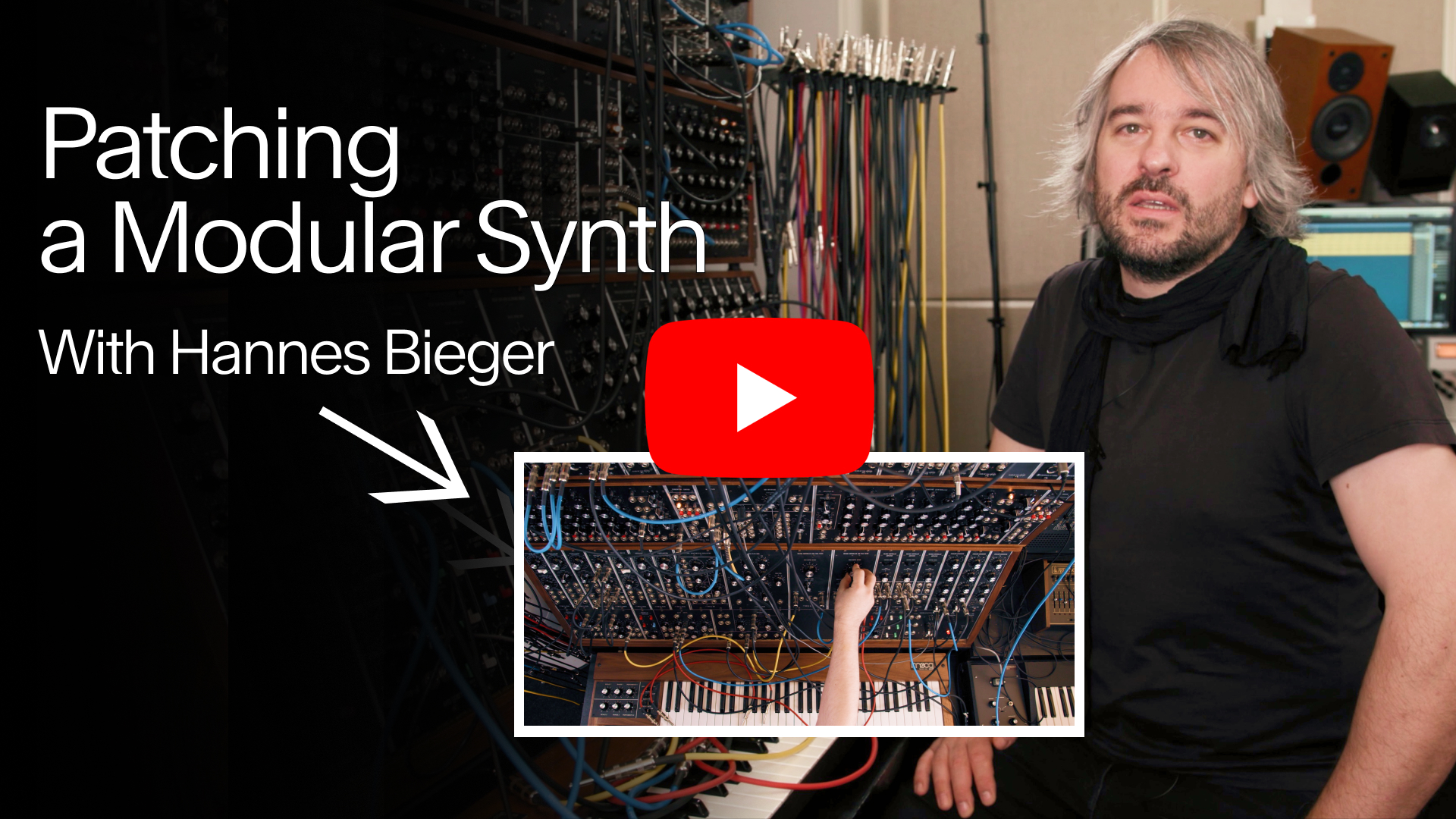





 50 Industry Music Production Tips You Must Know
50 Industry Music Production Tips You Must Know




